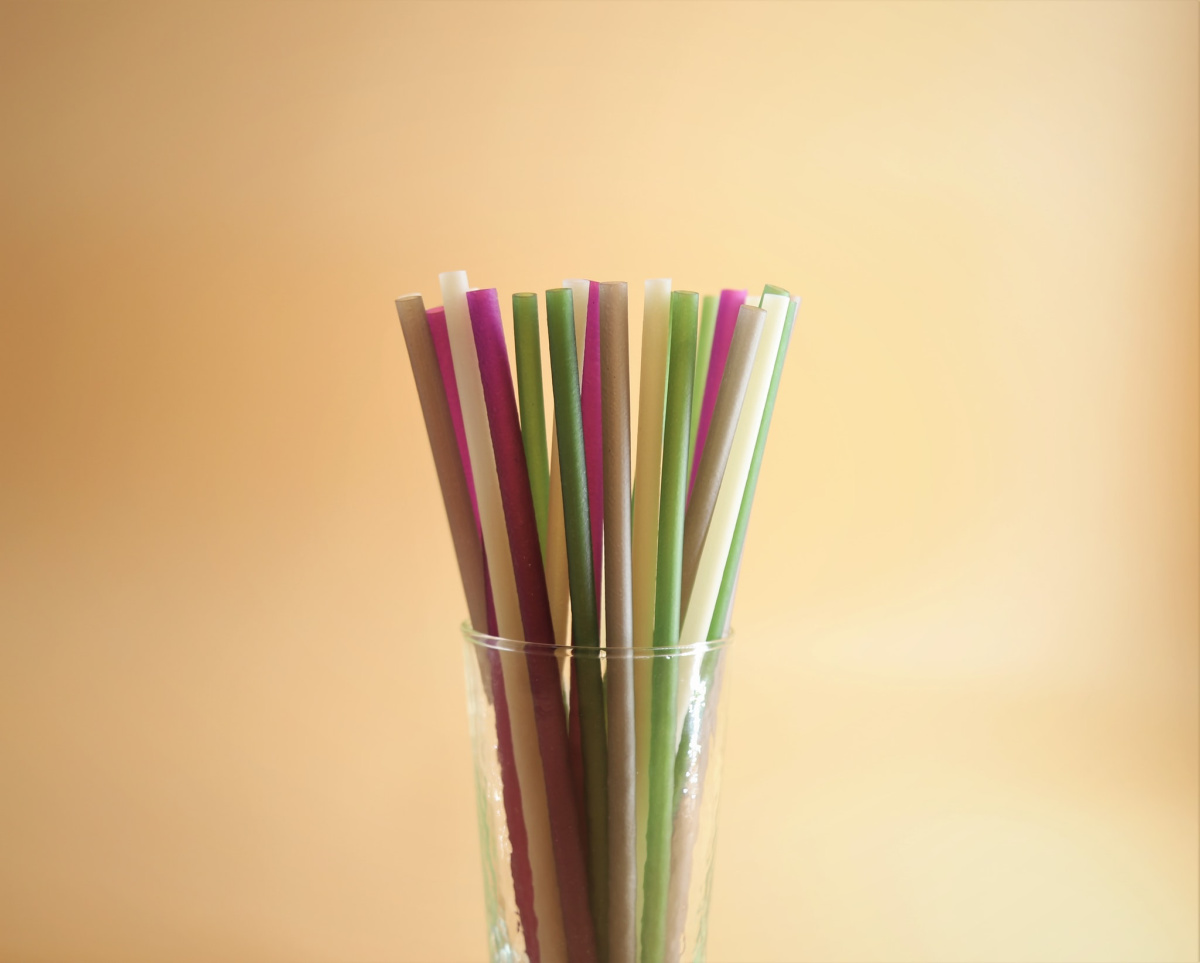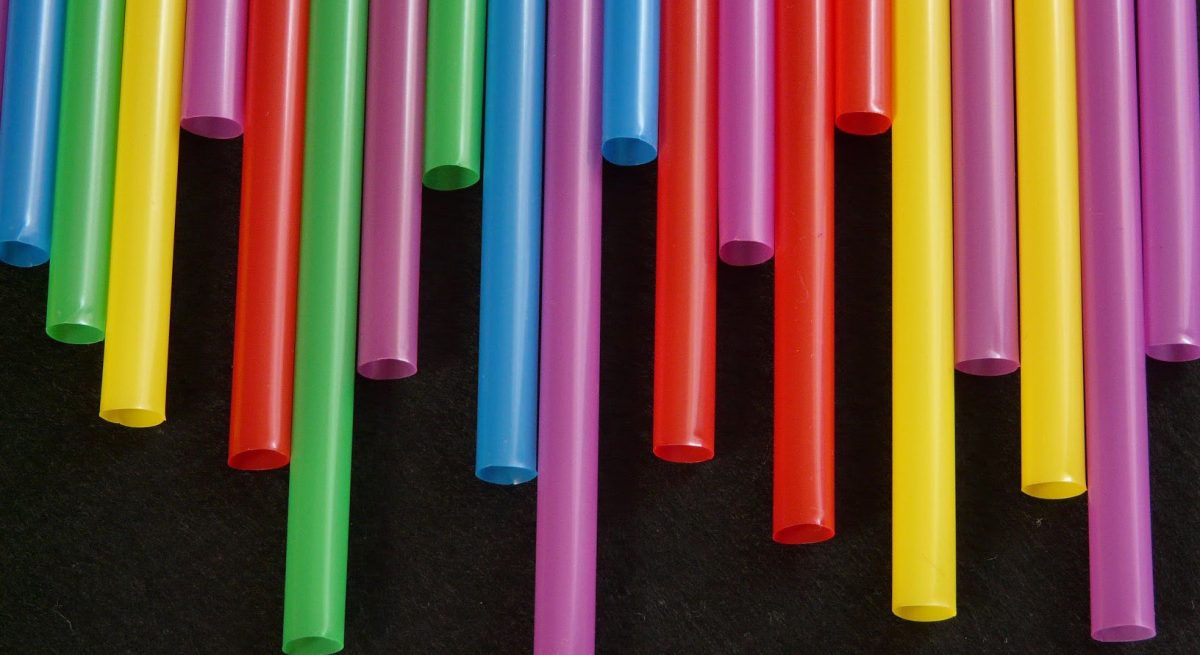Skip the Straw: How Restaurants Can Make an Impact
3 Min Read By Ray Hatch
Plastic waste is no longer a “problem”: it is a full-blown epidemic. Every year, roughly eight million tons of plastic waste escapes into the oceans from coastal nations. That’s the equivalent of setting five garbage bags full of trash on every coastline around the world. At current rates of production, plastic pollution in the ocean will outweigh fish pound-for-pound by 2050.
A group of Whitehall Middle School students known as “The Coral Keepers” founded National Skip the Straw Day in 2017 under the guidance of their advisor, Susan Tate. The intention behind National Skip the Straw Day on Feb. 28 is to encourage Americans to give up their plastic straw habit and help spread awareness about the damage caused by disposable single-use plastics.
As a restaurant, real dedication to solving the plastic waste problem is going to take a bigger commitment than just straws.
In the restaurant industry, single-use plastics are often viewed as a necessary evil. Consumers are accustomed to the convenience of not having to carry around their own silverware and cups everywhere they go. This provides the restaurant industry with an excellent opportunity to support causes like National Skip the Straw Day and an overall reduction in plastic waste in general. Consumer awareness is at an all-time high, and eco-conscious consumers are flocking to businesses that are actively making strides to be more eco-friendly.
Restaurants can still provide the convenience and amenities that customers want, without having to distribute harmful single-use plastics. It’s less about skipping the straw and more about skipping the plastic.

Here are some of the most readily available straw alternatives that restaurants can consider:
Glass: The majority of glass straws are actually made of shatter-resistant borosilicate but are still reusable and recyclable.
Agave: Agave is becoming a staple in bioplastics and can produce a straw that closely resembles our society’s beloved plastic straw but in a form that is both biodegradable, and affordable.
Seaweed: Seaweed in an easy-to-grow, carbon absorbing plant. Seaweed straws have a similar texture to plastic but won’t survive in the ocean for centuries. Instead, they quickly biodegrade into food for marine animals. Bamboo: Bamboo straws serve as the “middleman” between a single-use and a forever-use item. Bamboo straws are durable, but they probably won’t last you a lifetime. When they have run their lifetime, the straws will decompose in your regular garden compost pile.
Going Beyond the Straw
Every take-out drink served in a restaurant has at least four pieces of trash associated with it: the cup, the lid, the straw and the straw’s packaging. Depending on what you use, that’s potentially four pieces of single-use plastic per drink served. Instead, restaurants can offer a discounted drink price for consumers that bring in their own cups.
Analyzing all of your restaurants waste streams can make a huge impact on your restaurant’s sustainability goals and bottom line.
Consumers can build upon that idea by offering their own multi-use cups and receiving that same discount. By helping educate customers and providing sustainable alternatives, businesses can have significant influence in determining how much waste their customers are using and disposing of.
As a restaurant, real dedication to solving the plastic waste problem is going to take a bigger commitment than just straws. Analyzing all of your restaurants waste streams – from cooking oil to light bulbs to plastic cups – can make a huge impact on your restaurant’s sustainability goals and bottom line.
Independent initiatives like National Skip the Straw Day are helping to increase awareness about harmful waste products and drawing attention to the ways businesses can find more sustainable alternatives. In today’s world, it’s more important than ever to show consumers that as a restaurant, you understand the need for change. In the eyes of a consumer, each restaurant is either part of the solution or part of the problem. So, on February 28, which side will you be on?


